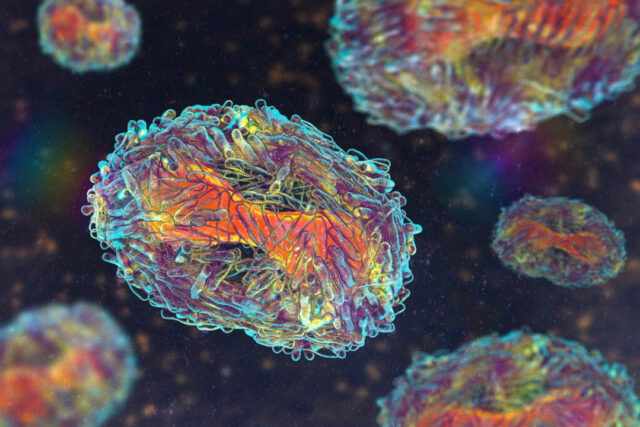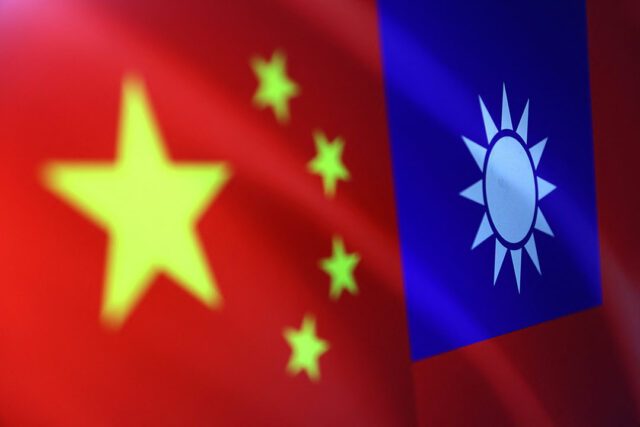WASHINGTON — The number of Americans filing new applications for unemployment benefits fell to an 11-month low last week, pointing to a stable labor market, though a slowdown in hiring has led some laid-off workers to experience long bouts of joblessness.
Signs of a stead≠ily cooling labor market could allow the Federal Reserve to keep interest rates unchanged in January against the backdrop of still high inflation.
The US central bank last month projected a shallower path of rate cuts this year than had been forecast in September, when it launched its policy easing cycle.
Fed Governor Christopher Waller said on Wednesday that he expected further rate cuts, adding that the pace of the reductions “will depend on how much progress we make on inflation, while keeping the labor market from weakening.”
“The Fed says rate cuts from here on out will be gradual,” said Carl Weinberg, chief economist at High Frequency Economics. “Today’s claims data say that they need not be in a rush to ease monetary conditions. Fed policy is aimed at supporting the economy and the job market before a recession shapes up.”
Initial claims for state unemployment benefits dropped 10,000 to a seasonally adjusted 201,000 for the week ended Jan. 4, the lowest level since February 2024, the Labor Department said on Wednesday. Economists polled by Reuters had forecast 218,000 claims for the latest week.
The report was published a day early as federal government offices are closed on Thursday in honor of former President Jimmy Carter who died on Dec. 29 at the age of 100.
Though claims tend to be volatile at the turn of the year, they have bounced around levels associated with low layoffs that are underpinning the labor market and broader economy. The four-week average of claims, which strips out seasonal fluctuations from the data, dropped 10,250 to 213,000 last week.
“The low level of claims is consistent with a labor market that continues to be characterized by a low pace of layoffs,” said Nancy Vanden Houten, lead US economist at Oxford Economics. “The initial claims data will be subject to seasonal noise for at least a few more weeks, but we don’t expect claims to fall much below current levels.
Minutes of the Fed’s Dec. 17-18 meeting published on Wednesday showed policymakers viewed labor market conditions as “gradually easing,” and saw “no signs of rapid deterioration.”
They, however, noted “that labor market indicators merited close monitoring.”
STABLE LABOR MARKET
Labor market stability was underscored by government data on Tuesday showing an increase in job openings in November, with 1.13 vacancies for every unemployed person, up from 1.12 in October. Uncertainty over the impact of proposed policies from President-elect Donald Trump’s incoming administration is also seen causing the Fed to pause rate cuts this month.
Mr. Trump has pledged to cut taxes, impose or massively raise tariffs on imports and deport millions of undocumented immigrants, plans which economists warned would stoke inflation.
Those concerns are weighing on investor sentiment.
US Treasury prices fell, with the yield on the 10-year note rising to the highest level since April. Stocks on Wall Street declined in response, while the dollar gained versus a basket of currencies.
The central bank lowered its benchmark overnight interest rate by 25 basis points to the 4.25%-4.50% range last month.
The Fed, however, projected only two rate cuts this year compared to the four it had forecast in September. The policy rate was hiked by 5.25 percentage points in 2022 and 2023 to tame inflation.
While layoffs have remained low by historical standards, hiring has slowed, with the ADP National Employment on Wednesday showing private payrolls increased by 122,000 jobs in December after rising 146,000 in November. Economists had forecast private employment rising by 140,000.
Sluggish hiring means some out-of-work people are facing long spells of unemployment. The number of people receiving benefits after an initial week of aid, a proxy for hiring, increased 33,000 to a seasonally adjusted 1.867 million during the week ending Dec. 28, the claims report showed.
Part of the elevation in the so-called continuing claims has been attributed to difficulties stripping out seasonal fluctuations. With the median duration of unemployment nearing a three-year high in November, economists will be hoping for an improvement when the government publishes its closely watched employment report for December on Friday.
Nonfarm payrolls likely increased by 160,000 in December, a Reuters survey showed, as the boost from the end of disruptions from hurricanes and strikes by factory workers at Boeing and another aerospace company faded.
The economy added 227,000 jobs in November. The unemployment rate is forecast to be unchanged at 4.2%.
“A low hiring environment continues to pose upside risk to continuing claims,” said Gisela Hoxha, an economist at Citigroup. — Reuters












